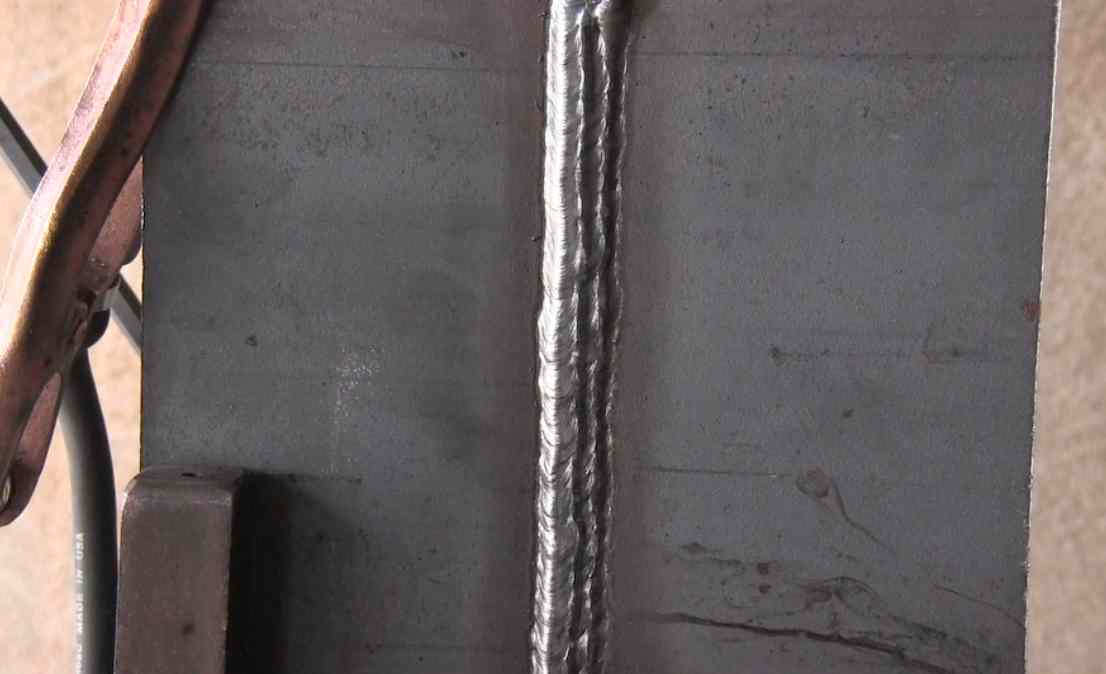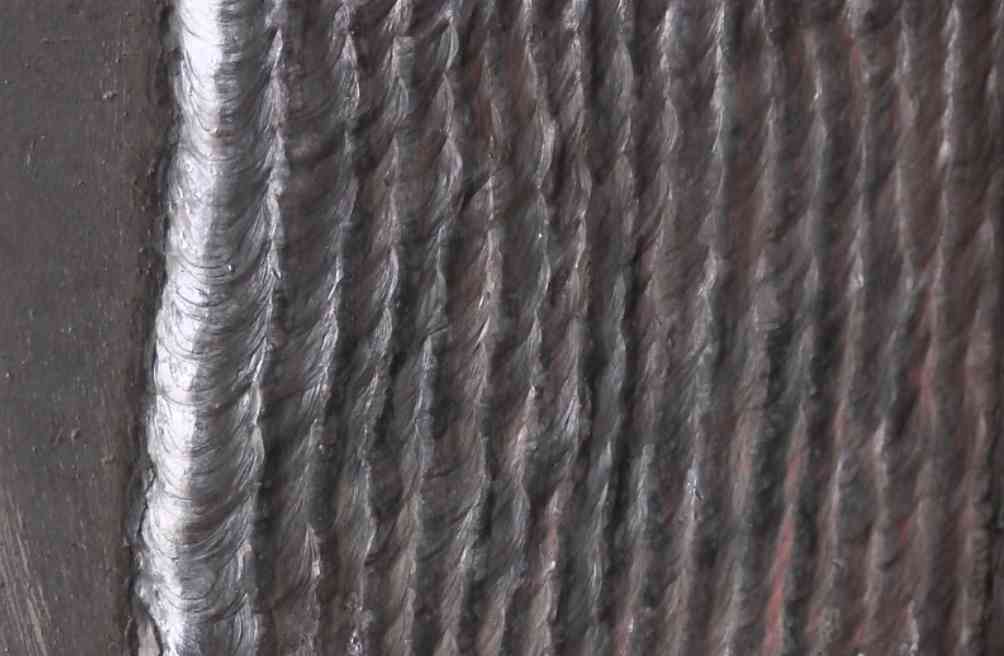3g Stick Welding Test and tips for vertical 7018
- HOME
- STICK WELDING
- Stick Welding
4g Stick welding plate test here
One very common stick welding test is a 3g along with a 4g plate test using 3/8" (9.5mm) thick plates, 1/4" (6.4mm) backing strip, 1/4"(6.4mm) gap, and 7018 electrodes.
These 2 tests ...3g and 4g, when given together, can be used to qualify a welder in all positions for some welding codes...mainly American Welding Society (AWS) codes.
Click here to check out the weldmonger store
Shipyards, Heavy equipment companies, and Bridge Building contractors and just some of the type of employers that use these tests to hire and qualify welders.
So whether you are in school and prepping to go take a stick welding test, or maybe you just need to tune up a bit on your uphill stick, I hope there is something on this page that helps you along.
7018 electrodes are also referred to as "low hydrogen" rods.
but they are only low hydrogen if they are fresh out of a sealed container or if they have been stored in a rod oven at the correct temperature.
So on job sites, and in weld test shops, you might very well be required to keep the rods in the oven while you test.

I like to use 1/8" (3.2mm) 7018 stick welding rods
I like to use 1/8" (3.2mm) 7018 stick welding rods for the root pass as well as the fill and cap...
but some prefer 3/32" (2.4mm) for the root.
And some welders prefer to weld 2 root passes using 3/32" rods ...one per bevel.
I dont...not because there is a thing wrong with that method..but only because I have tested at shops where the 2 root pass method was not permitted.
Have you heard of CLAMS?
CLAMS is just an easy way to remember all the important things about stick welding (or pretty much any type of welding)
C stands for Current and for 7018 rods, you can pretty much use the one amp per one thousandths of diameter. So a 1/8" rod =.125" = 125 amps
L stands for length of arc. hold a tight arc.
A stands for electrode Angle. I suggest aiming for a 90 degree angle. A slight push angle usually happens and is not a problem, but if you aim for 90 degrees, things usually work out ok.
M stands for electrode manipulation. Sometimes weld test shops have strict limitations for bead width so for this stick test, keep the electrode manipulation to a minimum.
S stands for speed of travel. Go fast enough to avoid excessive buildup ...but slow enough to fill any undercut. ( also remember to clean any mill scale away within about 1/2" (about 12mm) from the joint
Padding Beads

if you are not quite ready for the test, or having trouble laying a nice bead, then it makes sense to do an exercise called "padding beads".
All you need is a piece of scrap metal about 3/8" thick and some 7018 rods.
Its some of the best practice you can get with very little prep time and very little material is needed.
















